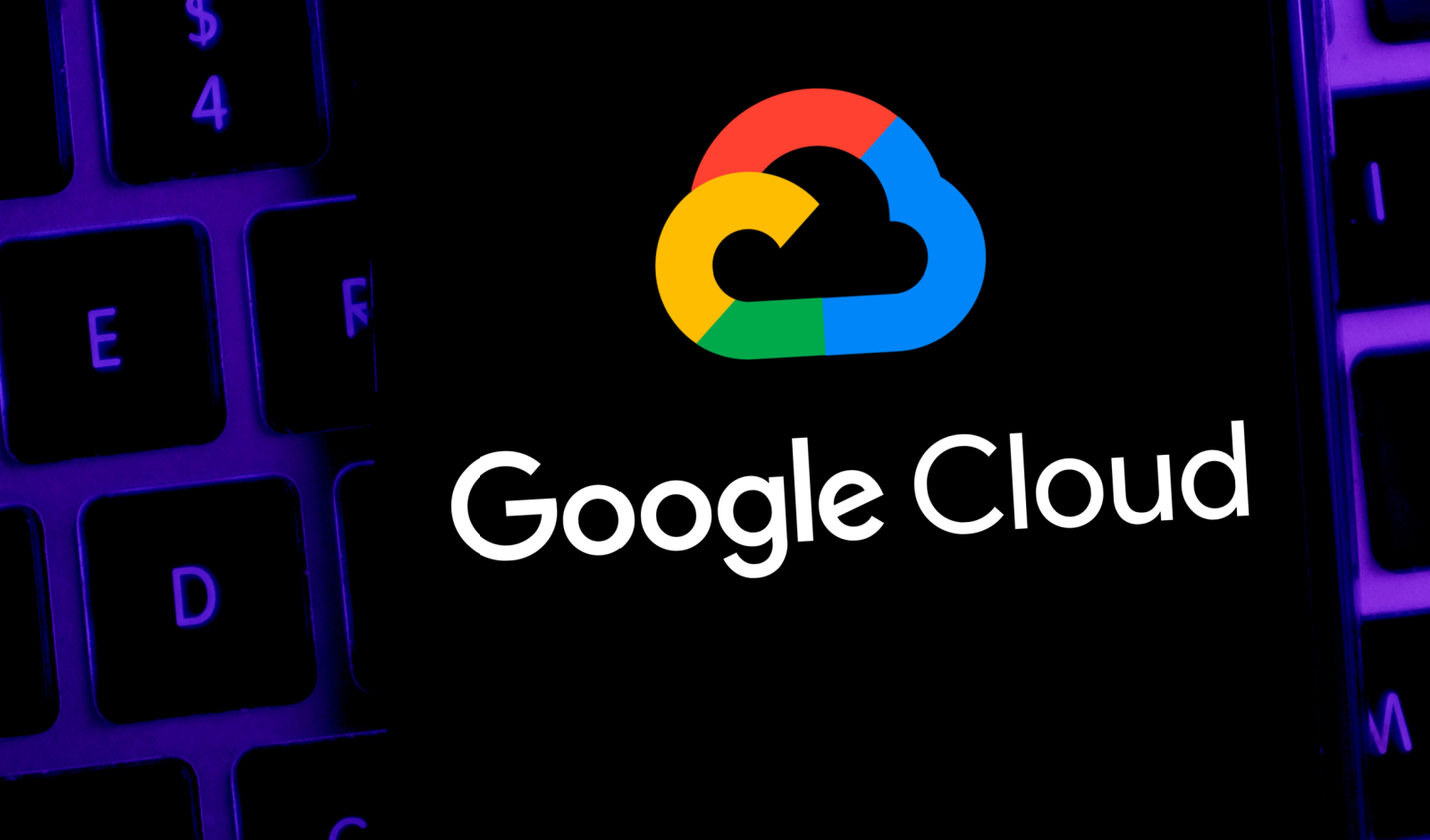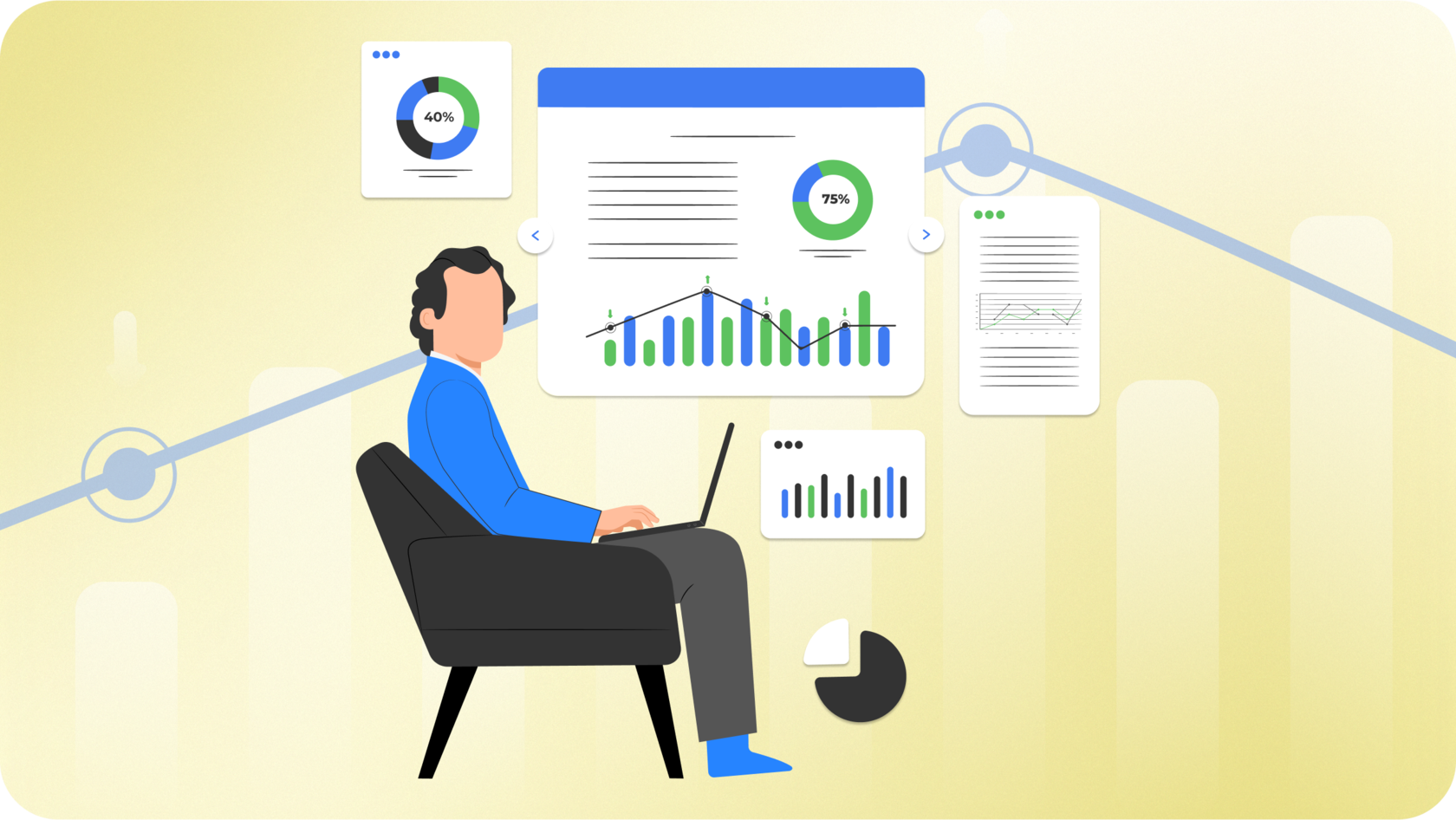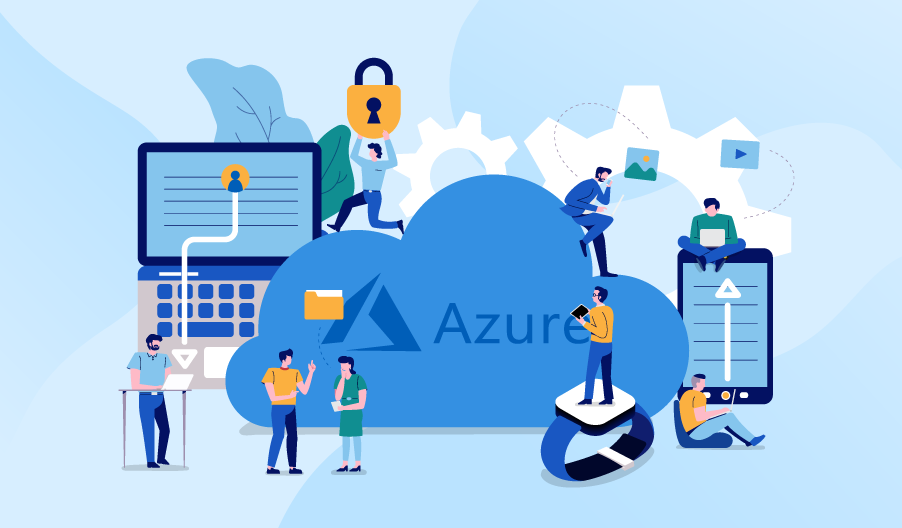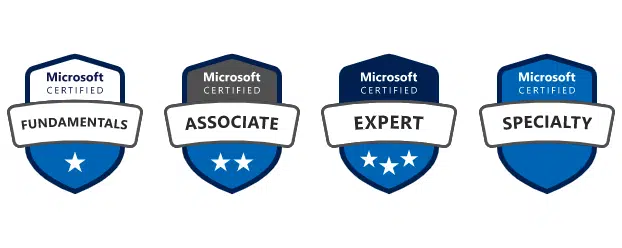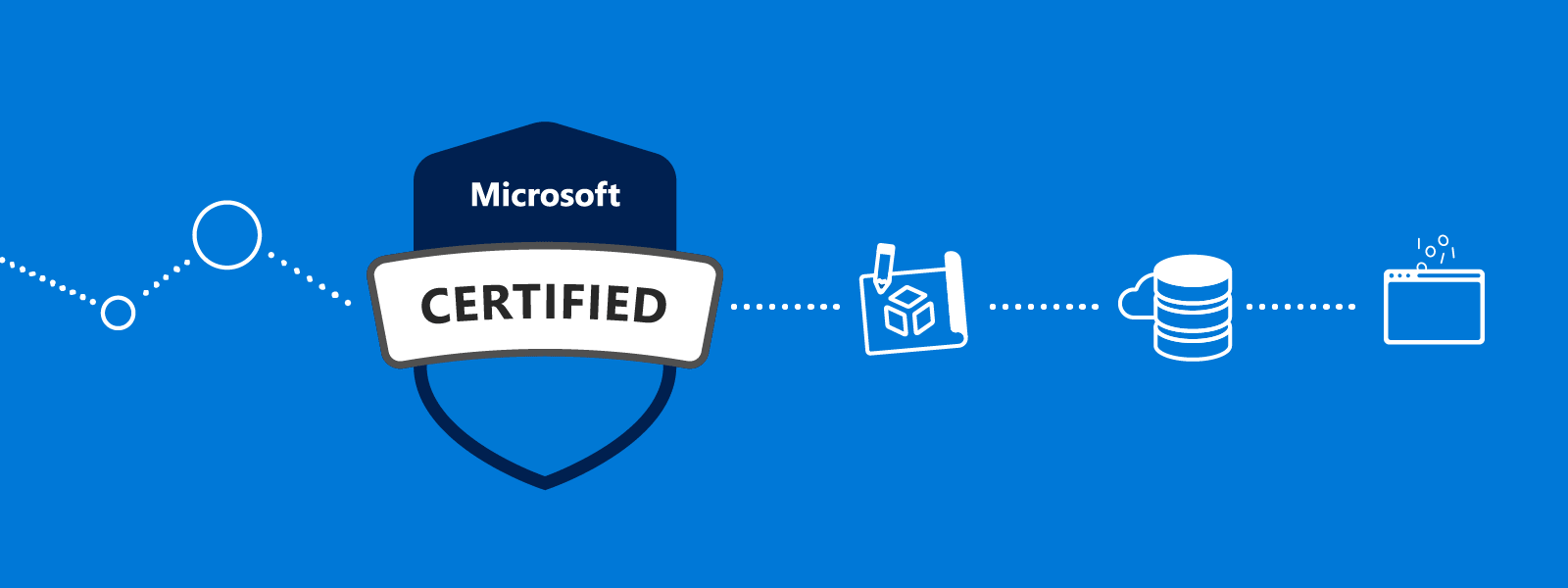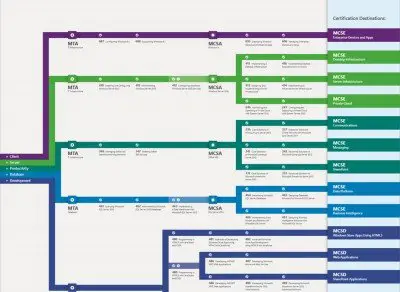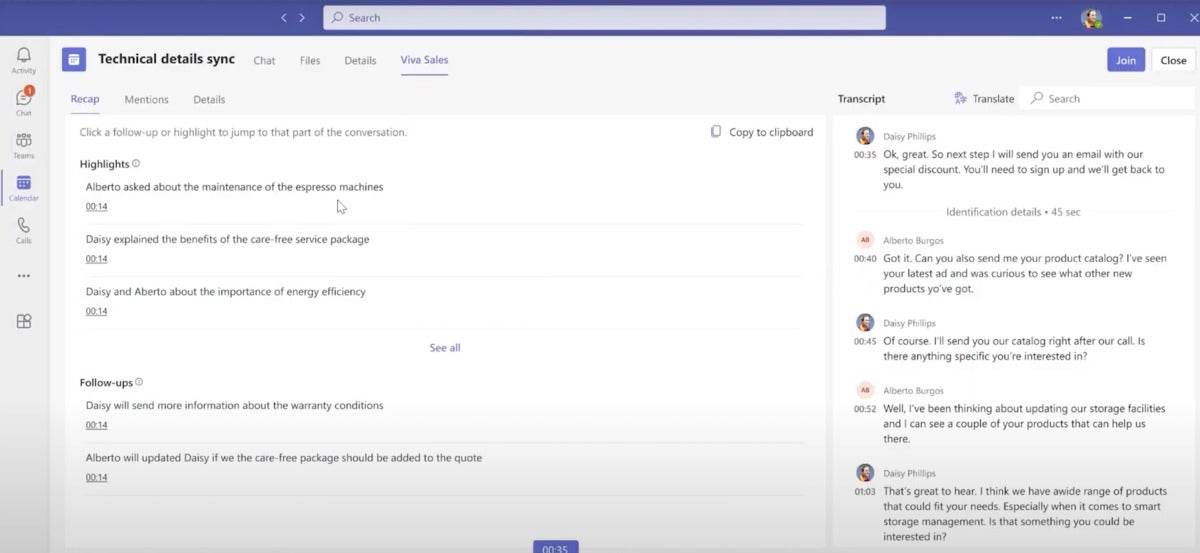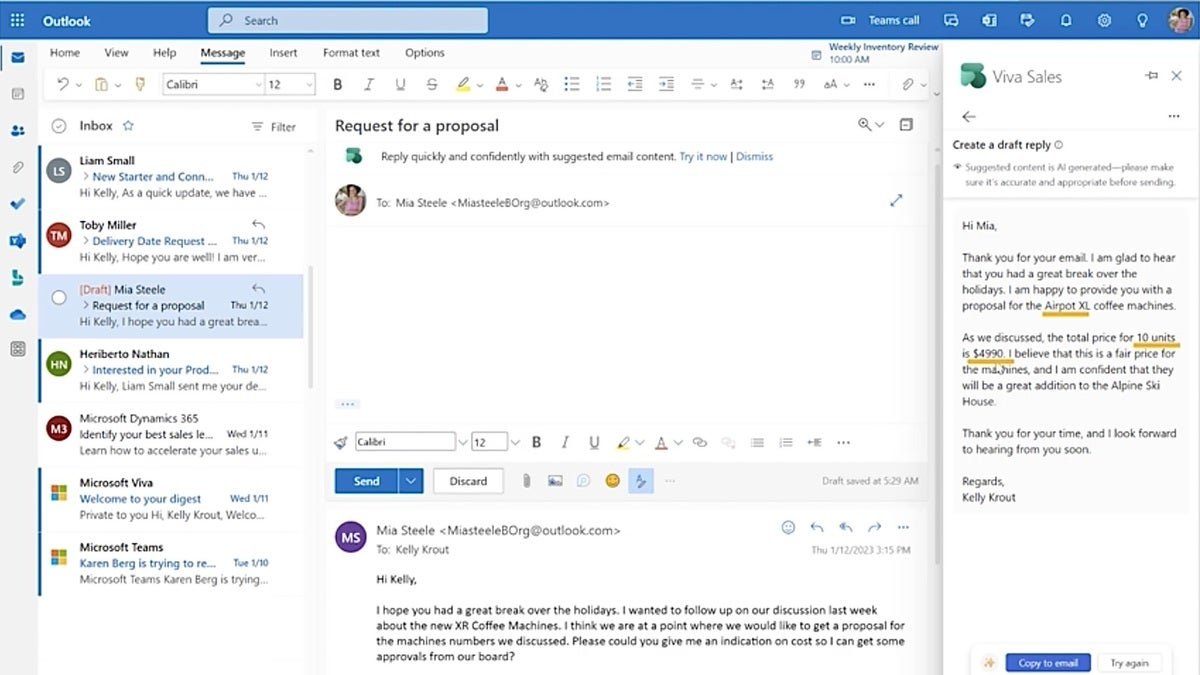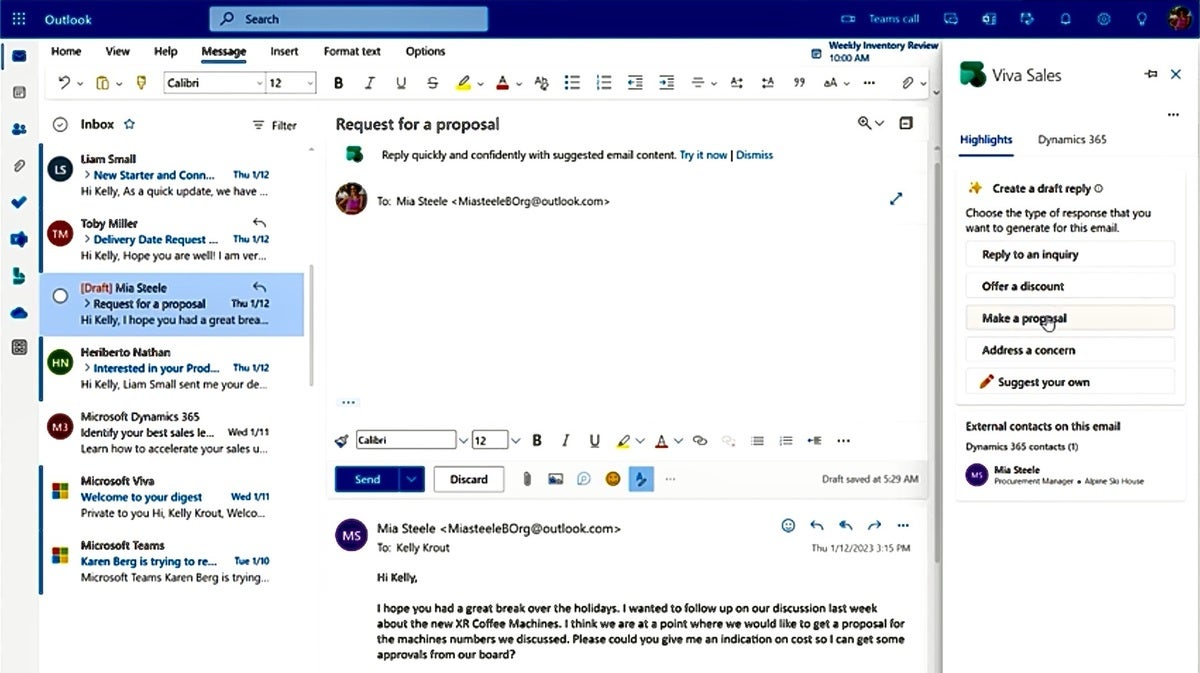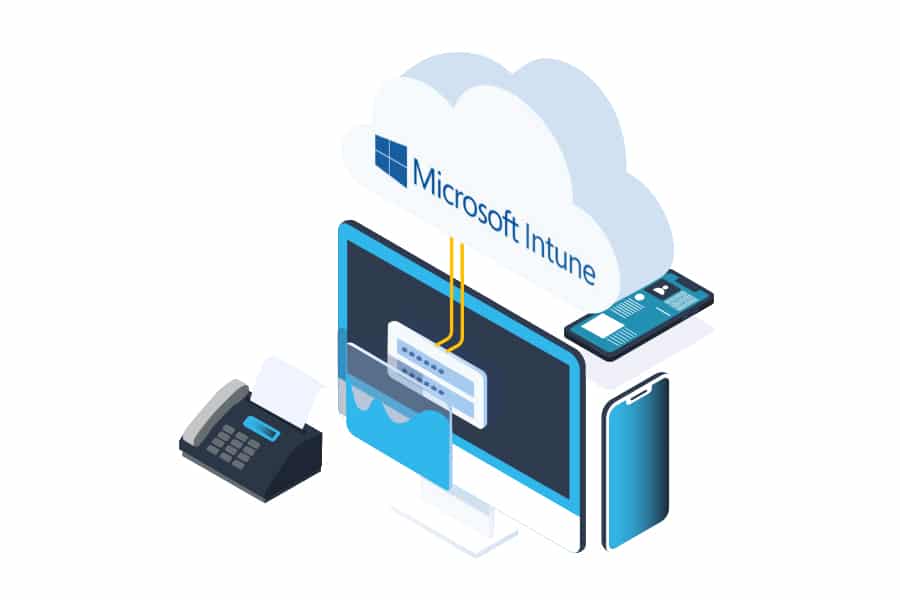
In today’s digital workplace, efficiently managing and collaborating on information is critical. With data volumes increasing exponentially and remote work becoming the norm, organizations are turning to platforms such as Microsoft SharePoint to improve operations, boost productivity, and drive commercial success. Through SharePoint courses, you can utilize the power of Microsoft to boost your career and skills to the next level.
However, to fully realize the potential of SharePoint, users require more than just access—they must also possess knowledge and skills. Investing in SharePoint courses will revolutionize your career and catapult you to success.
What are SharePoint Courses?
Microsoft built SharePoint, a sophisticated collaboration platform that allows organizations to easily create, manage, and share content, information, and applications. SharePoint allows users to construct intranet sites, team sites, document libraries, lists, and workflows to let them communicate, collaborate, and share information across teams and departments.
SharePoint courses are structured learning programs that aim to equip individuals with the information, skills, and competence required to effectively use SharePoint in their professional efforts. These courses cover a wide range of topics, catering to various skill levels and work positions, such as SharePoint Developer Training, SharePoint Administration, and SharePoint End User Training.
Empower Yourself with In-Demand Skills
SharePoint expertise is in high demand across industries, with companies looking for individuals who can use its features to improve processes and create innovation. Enrolling in SharePoint courses will provide you with vital skills that employers and managers value, making you a more desirable candidate in today’s competitive employment market.
Accelerate Your Career Growth
Whether you’re new to SharePoint or want to improve your existing skills, SharePoint courses provide a systematic path for professional development. From beginner-level courses covering the basics of SharePoint to expert courses concentrating on customization, automation, and administration, there is a learning opportunity to fit your professional goals.
By constantly extending your knowledge and expertise, you will position yourself for development chances and higher-paying roles within your company.
The Importance of SharePoint Courses
In today’s digital workplace, good information management and collaboration are critical to success. SharePoint courses address these demands by providing a training variety of features and skills meant to improve productivity, streamline procedures, and foster collaboration:
- Centralized Content Management:
SharePoint is a centralized repository for storing and managing documents, files, and other content, allowing users to easily access, share, and collaborate on information from anywhere and at any time.
- Improved Collaboration:
SharePoint supports collaboration by allowing teams to collaborate on documents, tasks, and projects in real-time, regardless of where they are.
- Enhanced Workflow Automation:
SharePoint workflows enable organizations to automate repetitive operations and business processes, such as document approval, feedback collection, and issue tracking, resulting in increased efficiency and productivity.
- Business Intelligence and Insights:
SharePoint interacts smoothly with Microsoft Power BI and Excel Services, allowing businesses to analyze data, build interactive dashboards, and obtain important insights to assist decision-making.
- Customization and Flexibility:
SharePoint interacts smoothly with Microsoft Power BI and Excel Services, allowing businesses to analyze data, build interactive dashboards, and obtain important insights to assist decision-making.
Stay Ahead of the Curve
Technology is continuously changing, and staying ahead of the curve is critical to remaining relevant in today’s digital economy. SharePoint courses not only provide you with current information and best practices, but they also offer insights into new trends and technologies.
Training courses keep you informed and prepared for the future of work, whether you’re learning the latest capabilities in SharePoint Online or looking into integration options with Microsoft Teams and Power BI.
Visit our website and get certified now.
Conclusion
In today’s constantly shifting workplace, adaptability and success are more crucial than ever. By investing in SharePoint courses, you will gain in-demand skills, accelerate your career progression, improve collaboration and productivity, remain ahead of the competition, and deliver significant business impact.
Don’t delay—unlock your potential with SharePoint training today and propel your career to new heights.
Here at CourseMonster, we know how hard it may be to find the right time and funds for training. We provide effective training programs that enable you to select the training option that best meets the demands of your company.
For more information, please get in touch with one of our course advisers today or contact us at training@coursemonster.com




